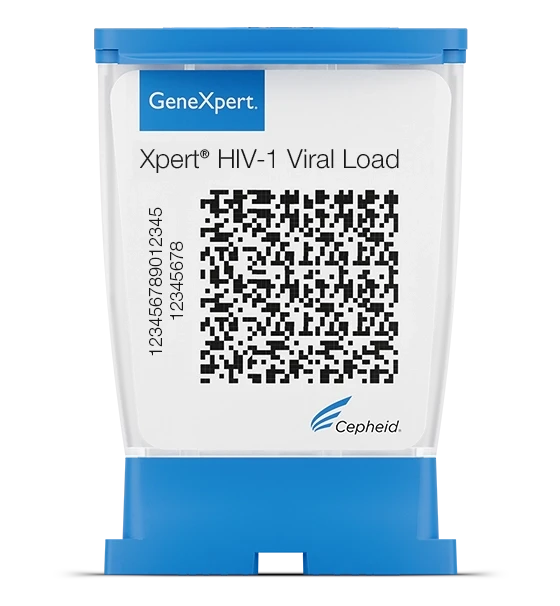
Xpert ® HIV-1 Viral Load XC
Next Generation Molecular Testing for Monitoring Viral Load and HIV-1 Infection
Sign in or create a MyCepheid account to add items to cart
Test pack size(s)

10 Tests
GXHIV-VL-XC-CE-10
Qty
Unit price
Subtotal
USD
Product is not available for purchase in your region.
Collection devices

Sarstedt Minivette POCT 100 μl(Pack of 100)
MINIVETTE100E-100
Qty
Unit price
Subtotal
USD
Product is not available for purchase in your region.
Total
{{currency}}
0
Error adding items to cart. If this error persists, please contact Digital Support
The Need
- Measurement of blood plasma HIV-1 RNA using PCR is established as the standard of care in assessing HIV-positive patient prognosis and response to antiretroviral therapy
- It is estimated that only 75% of people living with HIV worldwide have access to viral load testing. In Low and Middle-Income Countries (LMICs), this figure is below 50%1
- HIV viral load tests that can be performed in lower complexity settings are needed to increase access to the standard of care and help achieve the UNAIDS HIV targets by 20301
1 Malisa et al 2023 Nature Scientifc Reports | (2023) 13:4578 | https://doi.org/10.1038/s41598-023-31103-y
The Solution
- The Xpert HIV-1 Viral Load XC test is an on-demand quantitative PCR test incorporating dual target detection for extended strain coverage
- Using GeneXpert® technology, the Xpert HIV-1 Viral Load XC test automates the test process in one fully integrated cartridge and enables testing in the laboratory and near patient settings
- Provides users with advantages of simple workflow, fast results, and flexibility for low-to-high volume testing
The Impact
- Improve Patient Care: Enable better treatment options by reduced loss to follow-up and shorter turn-around times between sample collection and reporting results to patients2
- Increase Efficiency: Fast results enable earlier interventions with counseling and therapy2,3
- Increase access to viral load testing: Deliver lab-quality results in multiple settings3,4
2 Drain, Paul K et al. “Point-of-care HIV viral load testing combined with task shifting to improve treatment outcomes (STREAM): findings from an open-label, non-inferiority, randomised controlled trial.” The Lancet. HIV vol. 7,4 (2020): e229-e237. doi:10.1016/S2352-3018(19)30402-3
3 Jienchi et al .2022 Oct 1;91(2):189-196. doi: 10.1097/QAI.0000000000003037. Epub 2022 Jun 13
4 Ehret et al, 2022, J Clin Vir. Performance assessment of the new Xpert® HIV-1 viral load XC assay for quantification of HIV-1 viral loads, https://doi.org/10.1016/j.jcv.2022.105127
3 Jienchi et al .2022 Oct 1;91(2):189-196. doi: 10.1097/QAI.0000000000003037. Epub 2022 Jun 13
4 Ehret et al, 2022, J Clin Vir. Performance assessment of the new Xpert® HIV-1 viral load XC assay for quantification of HIV-1 viral loads, https://doi.org/10.1016/j.jcv.2022.105127







